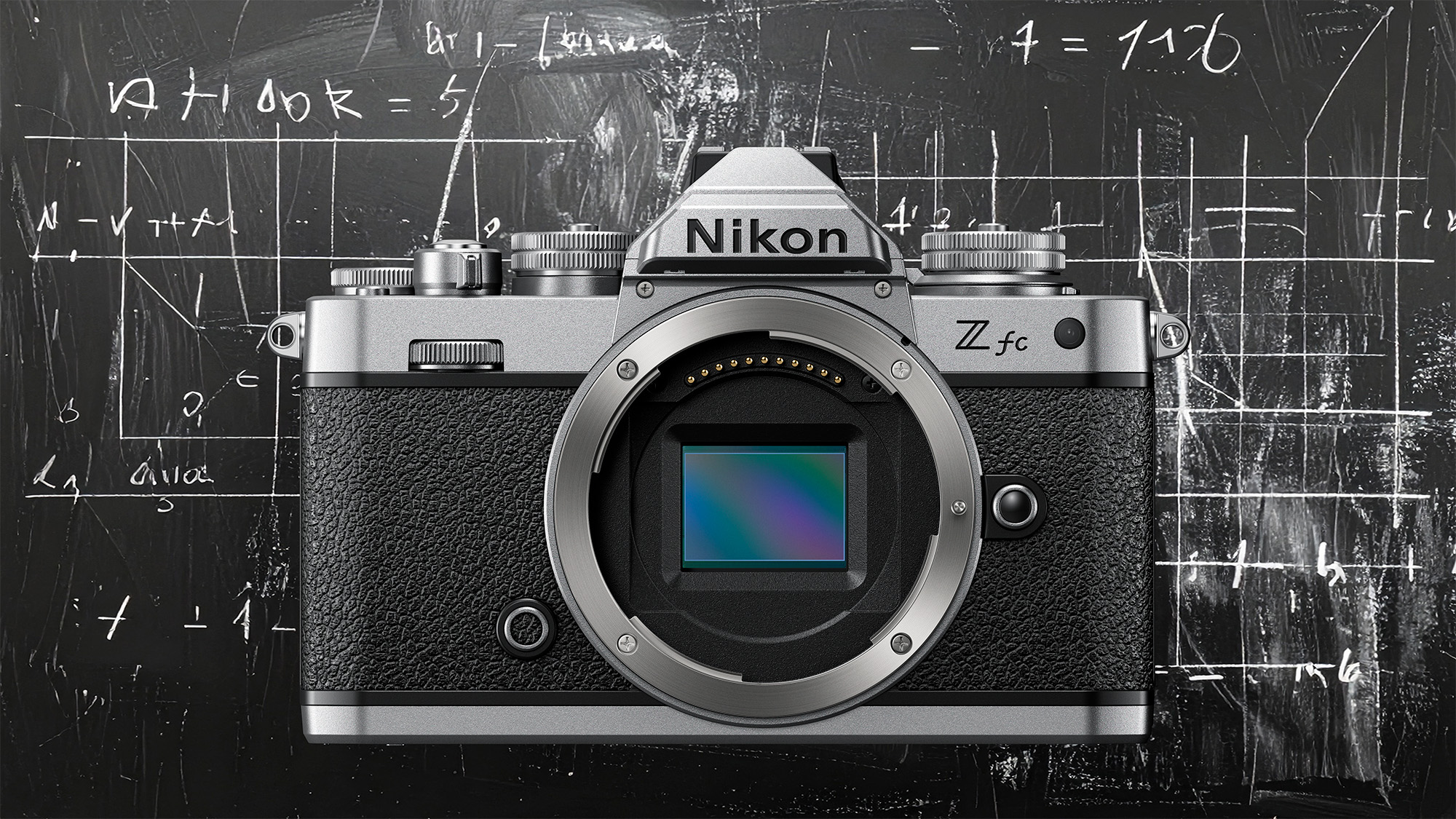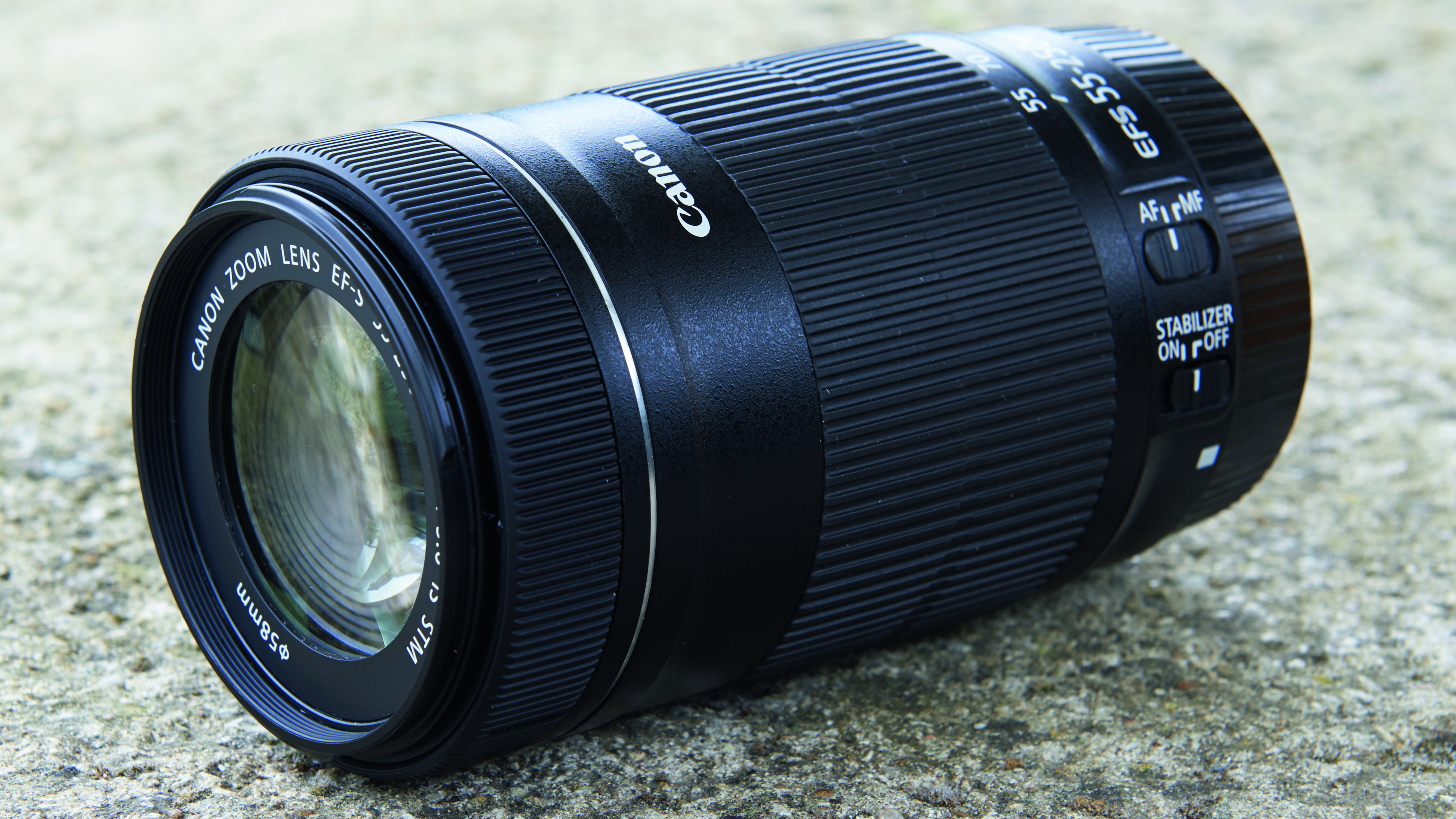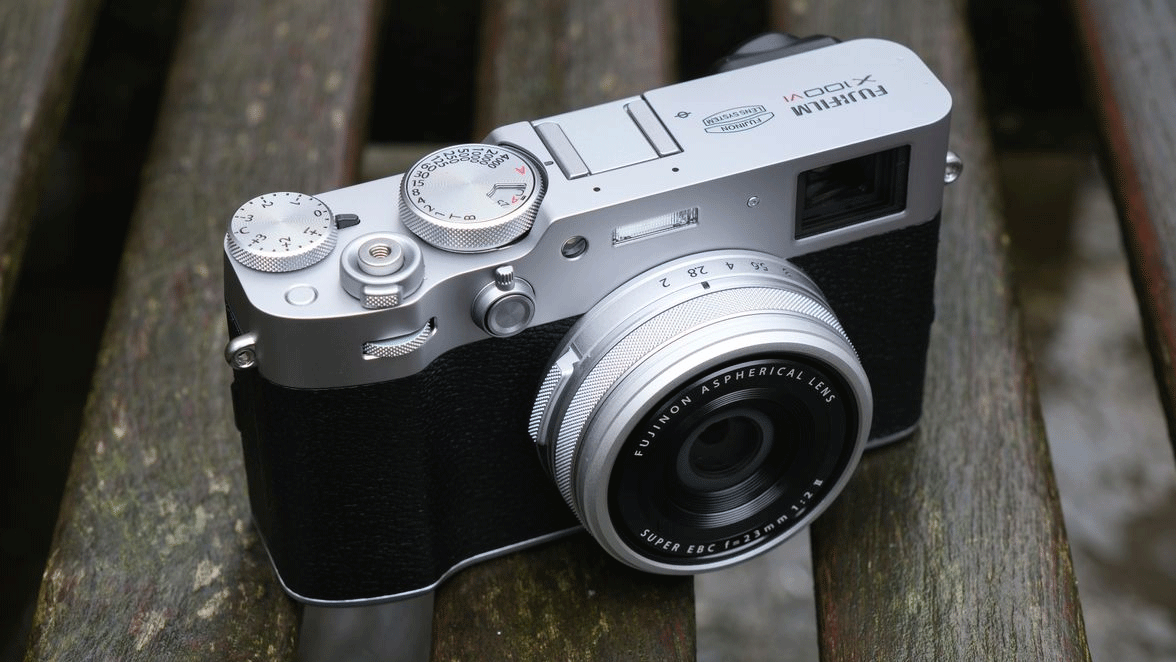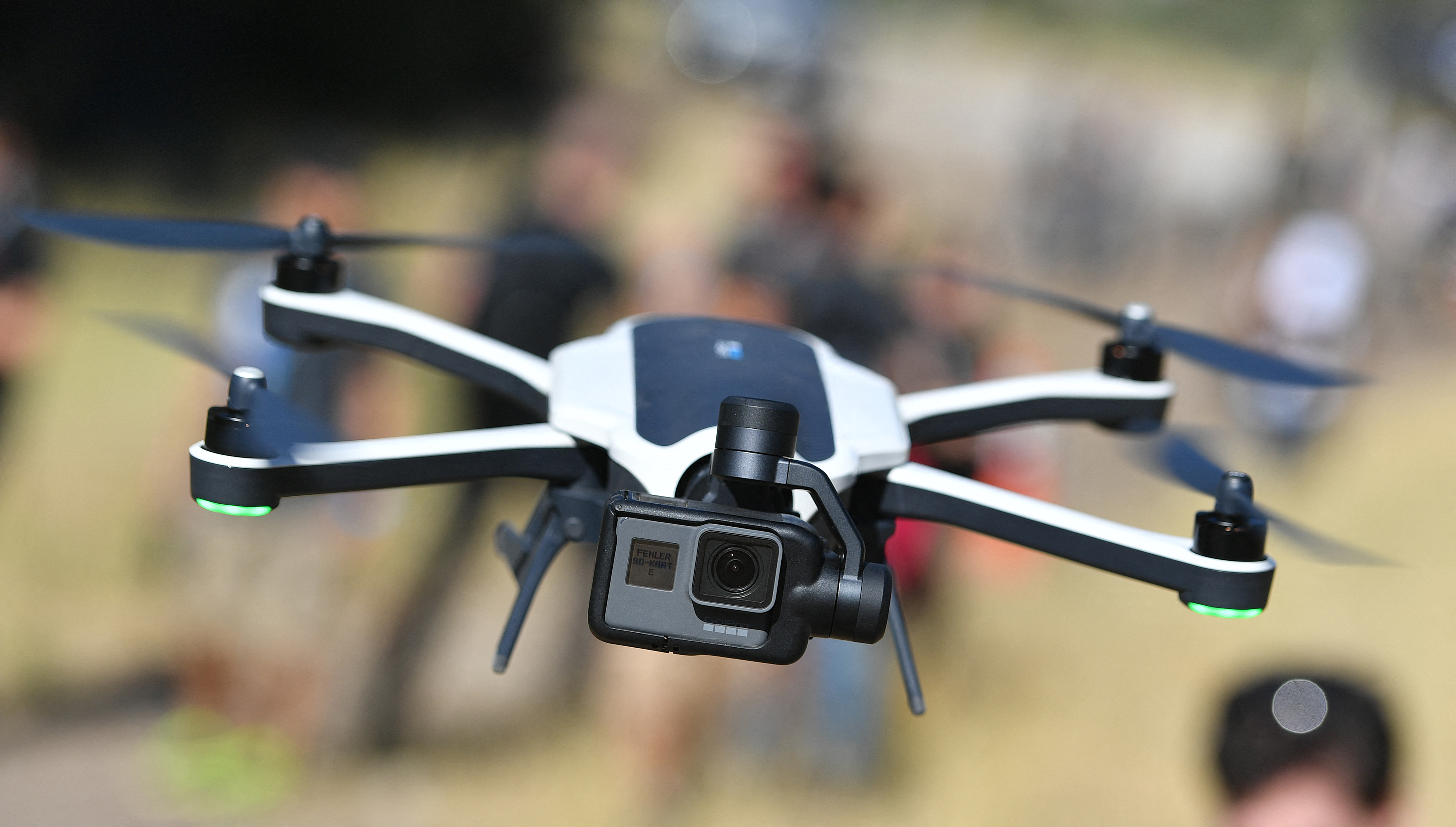Math sucks; stop making me calculate equivalent focal length!
Crop factor is an unnecessary complication for beginner photographers – just put the equivalent focal length on the lens barrel and be done with it

I’ve always had a big problem with crop factor. Not the entirely necessary concept itself, but the numbers on the side of the lens barrel.
It always seemed ludicrous to me that an APS-C lens doesn’t simply display its 35mm equivalent focal length. Something like 52.2mm (for example) doesn’t look particularly tidy, sure, but a lens’ focal length isn’t an exact science, so rounding it to the nearest whole number wouldn’t be beyond the pale.
The upside of this is that anyone who’s ever used a 35mm camera will no longer have to work out the crop factor every time they read about or use a crop-sensor lens.
This also means that beginner photographers can get used to thinking in terms of a 35mm-equivlant field of view right off the bat, should they ever pick up a full-frame camera, without having to stumble upon and get their head around the concept of crop factor.

Crop factor is an unnecessary and frankly alien concept to a beginner photographer who doesn’t know the difference between an APS-C, Micro Four Thirds or full-frame sensor. It just complicates the learning process. And if they don’t understand crop factor, they have a skewed concept of field of view, should they ever purchase a full-frame camera in the future.
All of a sudden, they’re thinking “Crikey, this 24mm full-frame lens seems wide” – not knowing that their 24mm DX prime was delivering an equivalent 36mm field of view. I remember learning about crop factor for the first time, and I don’t think I ever understood it fully until I started working with a full-frame camera for a good period of time. Suddenly, the need to convert the numbers on the barrel made sense.
If I’m entirely honest, crop factor still catches me out sometimes. It’s not hard to see why. Pick up an APS-C interchangeable-lens camera and you’ll need to do the math if you’re to work out the 35mm equivalent focal length. Yet, inexplicably, the APS-C Fujifilm X100VI has the 35mm equivalent focal length written on it, which is 23mm. Aaaaaaaaaargh!!!!!!!!
The best camera deals, reviews, product advice, and unmissable photography news, direct to your inbox!

All this extends to medium format cameras, too. Since their sensors are larger than full-frame sensors, the crop factor is essentially calculated in reverse. Not only do different medium format manufacturers have different crop factors, but some manufacturers (like Hasselblad) don’t have a single, standard sensor size, which complicates matters further.
However, medium format photographers are a rarer breed and tend to be very dedicated to their systems. As such, I think they’re less likely to think in terms of 35mm when shooting medium format. Beginners don’t tend to gravitate towards medium format, either, so if you’re using a medium format camera, you’re more likely to understand crop factor.
I guess you could say the same for Micro Four Thirds photographers. This system has an extremely dedicated cult following and, because of that, I think there’s less crossover than APS-C and full-frame. In addition, the 2x crop factor of an MFT camera provides easier-to-calculate and neater equivalent focal lengths.
I already feel like I’m writing myself in circles here. The bottom line is that I wish all APS-C cameras, at least, would take a leaf out of the Fujifilm X100VI’s book and start displaying the equivalent focal length on the lens. This would eliminate the unnecessary confusion of crop factor for beginner photographers and those transitioning to full-frame.
You might also like...
Want to learn more about camera formats? What is an APS-C camera? And do you really need a full-frame camera? If you want more of my ramblings, I captured a solid sports image on a Nikon D3500 to prove that camera gear should never stand in your way.

Mike studied photography at college, honing his Adobe Photoshop skills and learning to work in the studio and darkroom. After a few years writing for various publications, he headed to the ‘Big Smoke’ to work on Wex Photo Video’s award-winning content team, before transitioning back to print as Technique Editor (later Deputy Editor) on N-Photo: The Nikon Magazine.
With bylines in Digital Camera, PhotoPlus: The Canon Magazine, Practical Photography, Digital Photographer, iMore, and TechRadar, he’s a fountain of photography and consumer tech knowledge, making him a top tutor for techniques on cameras, lenses, tripods, filters, and more. His expertise extends to everything from portraits and landscapes to abstracts and architecture to wildlife and, yes, fast things going around race tracks...
You must confirm your public display name before commenting
Please logout and then login again, you will then be prompted to enter your display name.
